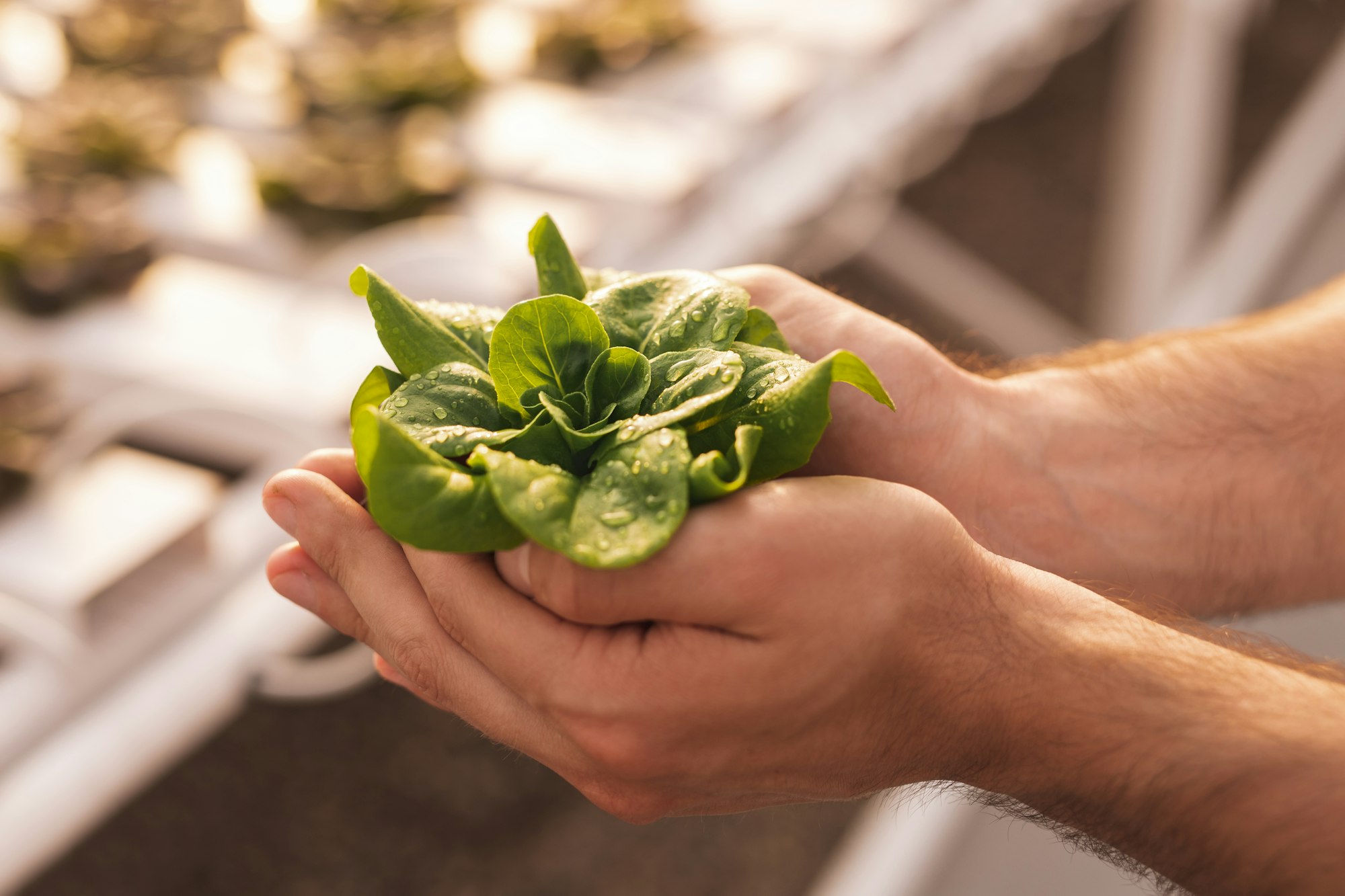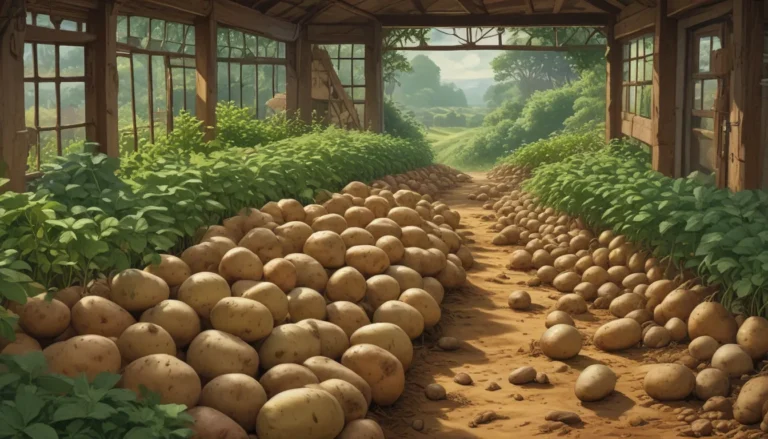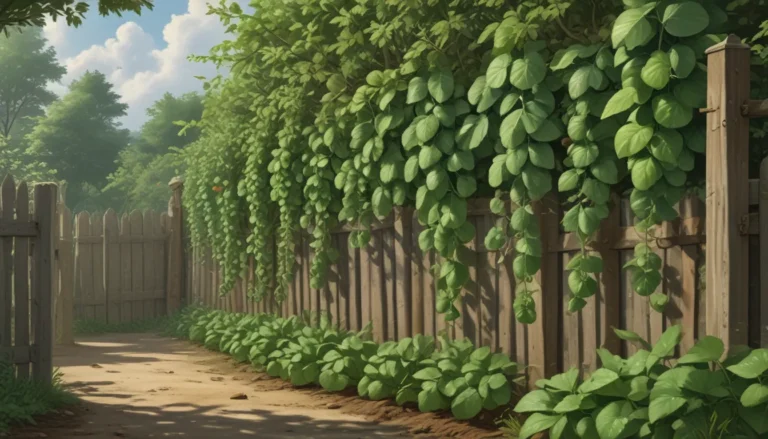Pro Tips for Preventing Lettuce from Bolting

If you’re a gardener or love to grow your own fresh vegetables, you’ve likely experienced the frustration of lettuce bolting. Bolting, also known as going to seed, is when lettuce plants rapidly produce a tall stem and flowers, resulting in bitter, tough leaves that are no longer suitable for eating. This process is a natural survival mechanism for the plant, but it can be disappointing for gardeners who want to enjoy a continuous harvest of tender, flavorful lettuce leaves.
In this guide, we’ll explore some pro tips and techniques to help prevent your lettuce from bolting, ensuring a longer harvest period and delicious salads all season long.
Understanding Lettuce Bolting
Before we dive into the prevention methods, let’s take a closer look at why lettuce bolts in the first place. Lettuce is a cool-season crop that thrives in temperatures between 45-75°F (7-24°C). When the weather becomes too hot or the days become too long, lettuce plants receive signals to shift from vegetative growth to reproductive growth. This transition is characterized by the rapid elongation of the stem, the development of flowers, and the production of seeds.
Several factors can contribute to lettuce bolting:
- High temperatures: Lettuce is sensitive to heat, and prolonged exposure to temperatures above 75°F (24°C) can trigger bolting.
- Long days: Lettuce plants are also sensitive to day length. As the days grow longer in late spring and summer, the increased exposure to light can signal the plant to initiate bolting.
- Stress: Various stressors such as drought, nutrient deficiencies, or root damage can also encourage lettuce to bolt prematurely.
Now that we understand the underlying causes of bolting let’s explore some pro tips to keep your lettuce plants productive and bolt-free.

1. Choose Bolt-Resistant Varieties
One of the most effective ways to prevent lettuce from bolting is to select varieties that are naturally more resistant to bolting. These varieties have been bred to withstand higher temperatures and longer days without quickly transitioning to the reproductive stage.
Some bolt-resistant lettuce varieties include:
| Variety | Description |
|---|---|
| Salanova | A unique lettuce variety featuring a dense rosette of leaves, highly resistant to bolting. |
| Jericho | An heirloom romaine lettuce known for its heat tolerance and resistance to bolting. |
| Nevada | A green summer crisp variety that can withstand high temperatures and is slow to bolt. |
| Red Sails | A loose-leaf lettuce with attractive red-tinted leaves, heat tolerant and resistant to bolting. |
When selecting lettuce seeds or starts, always check the variety descriptions and look for those labeled as “slow to bolt” or “heat tolerant.”
2. Plant at the Right Time
Timing your lettuce planting is crucial for preventing bolting. As a cool-season crop, lettuce grows best when temperatures are mild and days are shorter. Here are some guidelines for planting lettuce:
- Spring planting: Sow lettuce seeds directly in the garden or start them indoors 4-6 weeks before the last expected frost date. Transplant seedlings outdoors when they have 4-6 true leaves and the risk of frost has passed.
- Fall planting: In regions with hot summers, planting lettuce in late summer or early fall can yield a bountiful harvest. Sow seeds or transplant starts 6-8 weeks before the first expected fall frost date.
- Succession planting: To ensure a continuous supply of fresh lettuce, practice succession planting by sowing small amounts of seeds every 2-3 weeks. This approach allows you to harvest lettuce at various stages, reducing the risk of an entire crop bolting at once.
Keep an eye on the weather forecast and avoid planting lettuce during periods of excessive heat or long days.
3. Provide Shade and Cooling
During the hottest parts of the day, providing shade for your lettuce plants can help keep them cool and delay bolting. Here are some methods to create shade and lower the temperature around your lettuce:
- Row covers: Use lightweight row covers to shield your lettuce from intense sunlight. These covers allow air and water to pass through while reducing the temperature underneath.
- Shade cloth: Install shade cloth over your lettuce beds to block a portion of the sunlight. Choose a shade cloth with a 30-50% shade rating, depending on the intensity of the sun in your area.
- Companion planting: Plant taller crops, such as tomatoes or pole beans, near your lettuce to provide natural shade. As the taller plants grow, they will cast shadows over the lettuce, helping to keep them cool.
- Mulching: Apply a layer of organic mulch, such as straw or shredded leaves, around the base of your lettuce plants. Mulch helps retain moisture and regulate soil temperature, preventing the roots from overheating.
In addition to shading, ensure your lettuce plants receive adequate water, especially during dry spells. Consistent moisture helps keep the plants cool and reduces stress that could trigger bolting.
4. Harvest Regularly and Promptly
One of the best ways to encourage your lettuce plants to keep producing tender leaves is to harvest them regularly. Frequent harvesting signals to the plant that it should continue vegetative growth rather than shift to the reproductive stage.
Here are some harvesting tips to prevent bolting:
- Cut-and-come-again method: Instead of harvesting the entire lettuce head at once, use scissors to snip off the outer leaves, leaving the inner leaves to continue growing. This method allows you to enjoy multiple harvests from a single plant.
- Baby leaf lettuce: Harvest lettuce leaves when they are young and tender, typically around 4 inches tall. Baby lettuce is less likely to bolt and offers a delicate flavor and texture.
- Monitor for signs of bolting: Keep a close eye on your lettuce plants and watch for signs of bolting, such as elongated stems or the appearance of flower buds. If you notice these signs, harvest the remaining leaves promptly before they turn bitter.
If, despite your best efforts, a lettuce plant does bolt, remove it from the garden to prevent it from spreading its seeds and competing with other plants for resources.
5. Experiment with Containers and Indoor Growing
If you live in an area with extreme summer heat or have limited garden space, consider growing lettuce in containers or indoors. Container gardening allows you to control the growing environment more easily, providing shade and consistent moisture to prevent bolting.
When growing lettuce in containers:
- Choose pots or trays that are at least 6 inches deep to accommodate the roots.
- Use a well-draining potting mix and ensure the containers have adequate drainage holes.
- Place the containers in a location that receives partial shade, especially during the hottest parts of the day.
- Water regularly to keep the soil evenly moist but not soggy.
Indoor growing is another option for enjoying fresh lettuce year-round. You can grow lettuce under grow lights or in a sunny windowsill. Keep in mind that indoor-grown lettuce may require more frequent watering and fertilization due to the limited soil volume and artificial light.
Conclusion
Preventing lettuce from bolting requires a combination of selecting the right varieties, planting at the optimal time, providing shade and cooling, and harvesting regularly. By following these pro tips, you can enjoy a bountiful harvest of crisp, delicious lettuce leaves throughout the growing season.
Remember to stay vigilant and adapt your strategies based on your local climate and growing conditions. With a little patience and care, you’ll be rewarded with a continuous supply of fresh, tender lettuce for all your favorite salads and sandwiches.
Happy gardening, and may your lettuce always stay cool and bolt-free!





